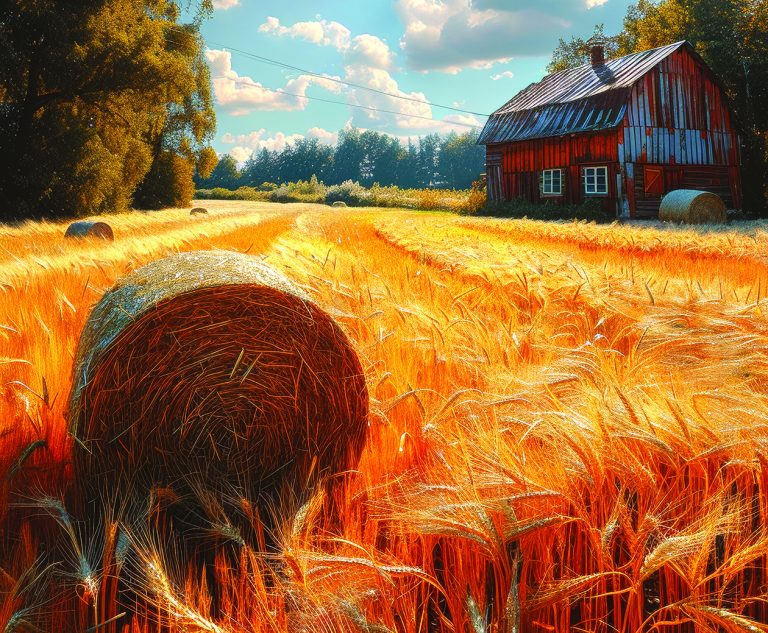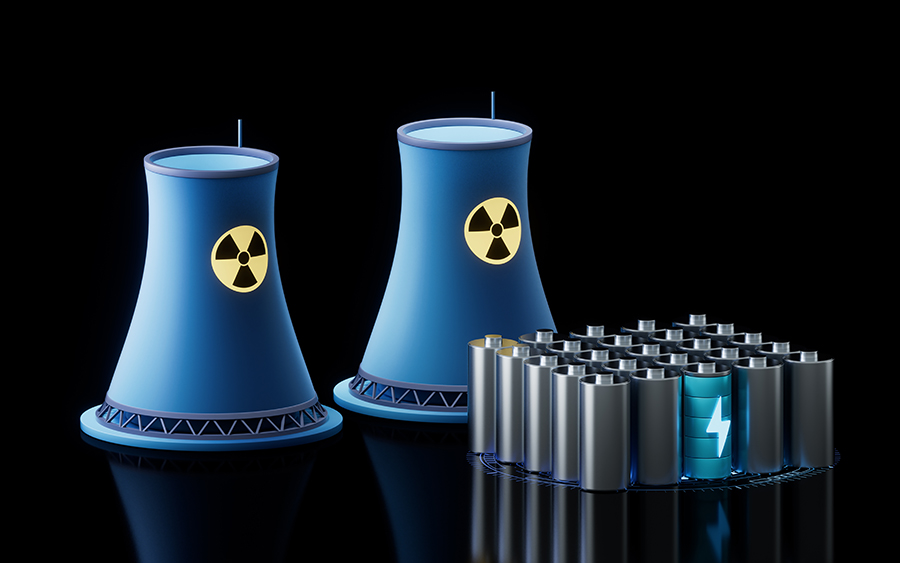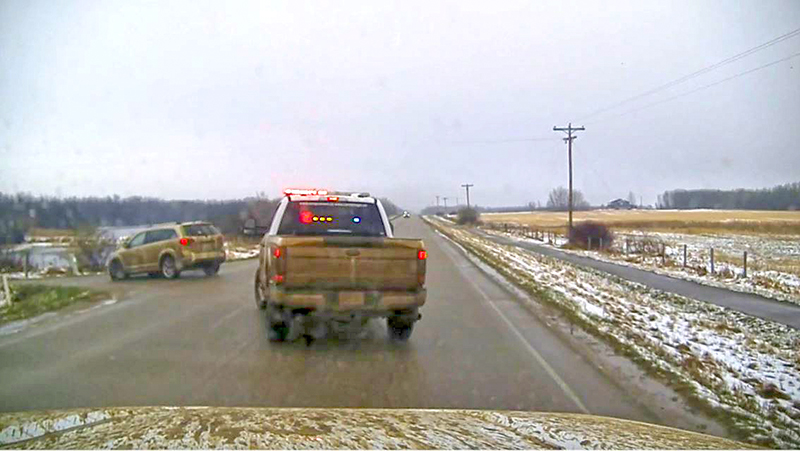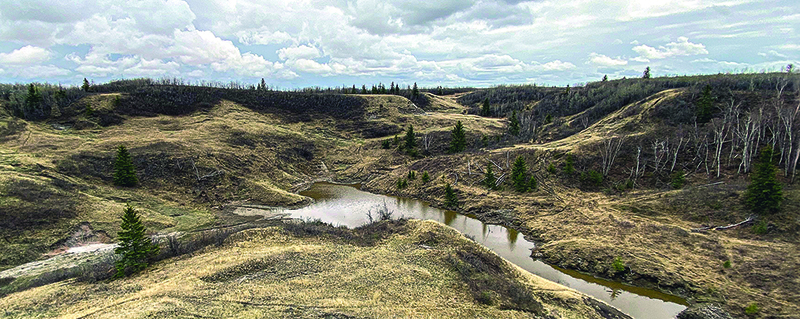Preparing for grass fires isn’t just a job for firefighters
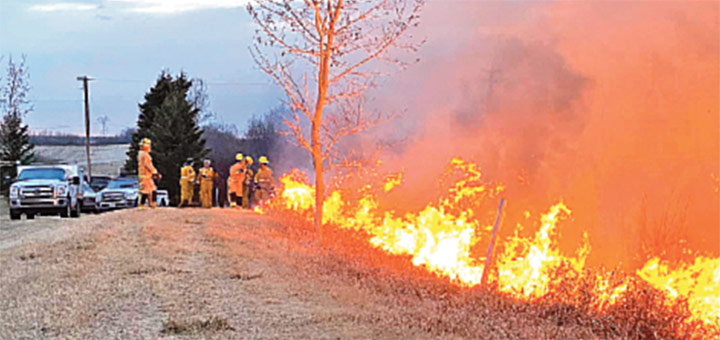
Local fire departments have had a busy start to the wildfire season, either fighting fires, or going through training sessions to ensure they have the skills and tools needed, and in some cases, doing both.
Flagstaff County Regional Emergency Services Coordinator Kim Cannady says that the latest Alberta Agriculture Fine Fuel Moisture Content maps show all of Flagstaff County, in fact most of Central Alberta, in the extreme range.
Maps of 30-day standardized precipitation show most of the county in a ‘once in six years’ stage low.
Cannady says that rumours of fires started by cigarettes are mostly false. “Most grass fires are caused by malfunctioning machinery,” he says, citing three recent separate grass fires in the county. Cannady says with today’s cigarettes, they would almost have to land perpendicular to the grass and stay that way in order to ignite.
“I don’t want people to discount cigarettes as a cause, but they often get blamed when conditions don’t make it possible.” Lightning and birds striking power lines are also common causes of wildland fire.
He says there are also some things that landowners, urban and rural, can do to lessen the damage from a wildfire.
It’s called Fire Smarting, and it’s something that everyone should do on a regular basis.
The Province agrees; a recent press release from Laura Stewart, FireSmart specialist with Alberta Agriculture and Forestry, says, “The first thing to do is walk around your property to identify wildfire risks.
“Start with the first five feet around the entire home and any attachments, such as decks.
“What combustible fuels are you keeping closest to your home? You want to keep a special eye out for things like dry leaves, grass, and twigs; firewood piles, construction materials, and patio furniture.
“Whenever possible, you want to move these items at least 10 metres from your home, or safely store them in a garage or shed.”
More than half of homes damaged or destroyed by wildfire are ignited by embers. Research has shown that structural modifications, like fire-resistant building materials, can reduce the risk of wildfire damage up to 40 per cent.
“If you’re making important structural modifications and moving those combustible fuels farther away from your home, you can reduce wildfire risk by up to 75 per cent.”
Keeping your roof clean and clear of combustible debris helps, as does upgrading to clay tile, concrete tile, metal, or asphalt shingles.
Ensure siding and vents are free from combustible debris and are in good repair.
Remove combustible debris and vegetation on, around, and under decks and other attached structures. Consider covering the underside of the deck with non-combustible sheathing, such as fibre cement board or metal screening.
READ THE FULL STORY IN THE APRIL 28 EDITION – BUY THE DIGITAL COPY BELOW:
Never miss an issue – become a subscriber today! Click here!
Studies prove, Community Newspapers are still the most effective medium for getting a message out there in towns and villages like ours across the prairies. Attract LOCAL customers by supporting LOCAL media.
ADVERTISE!
ads@thecommunitypress.com
Leslie Cholowsky,
Editor


